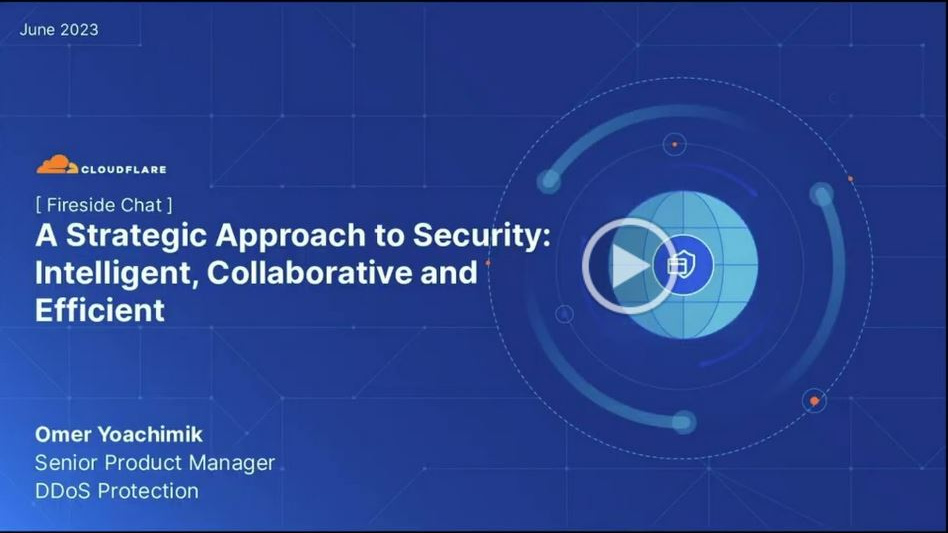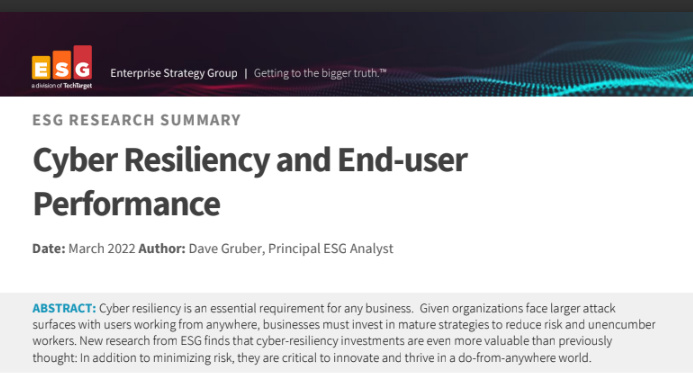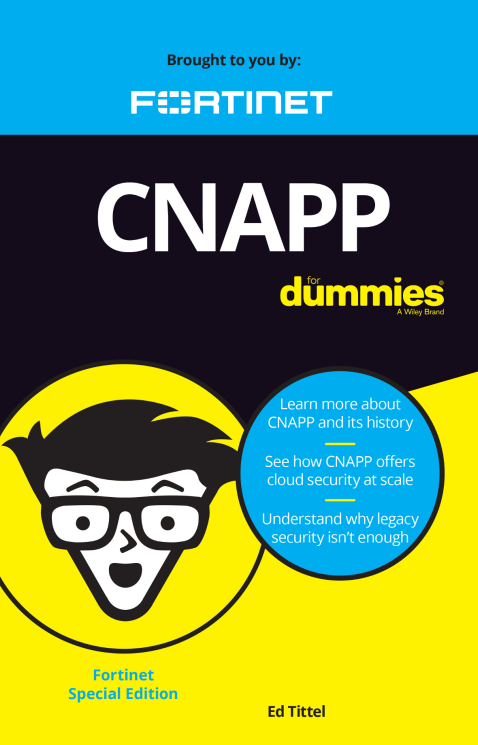The reality of movie technology
Have you ever watched a movie and thought that you might have seen all this technology before? We have. Here are the facts behind the fiction.

The movie: HAL (one letter shift from IBM), is the villain of Stanley Kubrick's film, the sentient onboard computer of the Discovery that goes a little bit mental.
In the film HAL can speak, recognise faces, lip read, reason as well as show and express emotion - as well as play chess.
This is partly the reason why it starts trying to kill people faced with the threat of disconnection he decides to kill others to protect himself.
The reality: Even now, technology sometimes has difficulty in recognising faces, and it'll be a long time coming until the computers we use speak as naturally as we do.
Back in the sixties it might have seemed plausible for a robot to have human characteristics and pass the Turing test, but we still haven't got to that point in 2009, and as far as emotions go that's a long, long, long way off.
HAL is a huge computer and has that in common with the modern supercomputers. Computers like IBM's Blue Gene are very large.
However when it comes to chess, the computers have already surpassed humans IBM chess computer managed to beat chess Grandmaster Garry Kasparov 12 years ago.
Get the ITPro daily newsletter
Sign up today and you will receive a free copy of our Future Focus 2025 report - the leading guidance on AI, cybersecurity and other IT challenges as per 700+ senior executives
The PIN hack in Terminator 2
The movie: Forget about the whole machines-as-human setup for a second, and instead remember a scene where the very young John Connor uses technology taught to him by his mum to hack into a cash machine.
Connor uses what Wikipedia describes as the first PC-compatible palmtop computer in the Atari Portfolio. Using a ribbon cable connecting the Portfolio to a magstripe card he manages to bypass security.
Later on he uses it to bypass the security in the Cyberdyne Systems lab to retrieve the key to the vault, which contains the arm and chip of the first Terminator.
The reality: Thanks to the ease in which criminals can find credit card details and create fake cards, around the world they are doing this to make money.
In Britain, the difficult bit would be to get the PIN number to use on cash machines as it would be unlikely to be as easy as using an Atari computer, but there are ways around this.
One example would be to modify a Chip and PIN reader to record the PIN, but recently there have been other examples where ATM machines themselves have been hacked.
Modified James Bond mobile phones
The movie: The first example of a modified James Bond mobile phone was in Tomorrow Never Dies, when one designed by Ericsson had a number of features.
It had a stun gun, a finger print scanner that could open high-tech locks, a lock pick and also a remote control, which allowed Bond to flip the phone open and control a BMW car.
In the Daniel Craig era, it was Sony Ericsson phones that were Bond's choice. In Casino Royale, the K800 could take multiple pictures very rapidly.
In Quantum of Solace, the C510 had an identification imager that could compile the facial image of a subject, and was also directly connected to MI6 so Bond could receive information immediately.
-
 Game-changing data security in seconds. Lepide’s real time In-browser demo
Game-changing data security in seconds. Lepide’s real time In-browser demowhitepaper Protect sensitive data and detect threats
By ITPro
-
 Three ways to evolve your security operations
Three ways to evolve your security operationsWhitepaper Why current approaches aren’t working
By ITPro
-
 A strategic approach to security: Intelligent, collaborative, and efficient
A strategic approach to security: Intelligent, collaborative, and efficientwhitepaper How your security fabric can address the challenges of new tech investment
By ITPro
-
 Fueling security transformation
Fueling security transformationwhitepaper Why customers choose Cloudflare over Zscaler – and you should too
By ITPro
-
 Journey to SASE
Journey to SASEwhitepaper Modernize connectivity to drive business agility
By ITPro
-
 Redefining modern enterprise storage for mission-critical workloads
Redefining modern enterprise storage for mission-critical workloadsWhitepaper Evolving technology to meet the mission-critical needs of the most demanding IT environments
By ITPro
-
 Cyber resiliency and end-user performance
Cyber resiliency and end-user performanceWhitepaper Reduce risk and deliver greater business success with cyber-resilience capabilities
By ITPro
-
 Business customer identity for SaaS apps - simplified
Business customer identity for SaaS apps - simplifiedWhitepaper Accelerate business growth with a scalable enterprise identity solution purpose-built for SaaS apps
By ITPro

